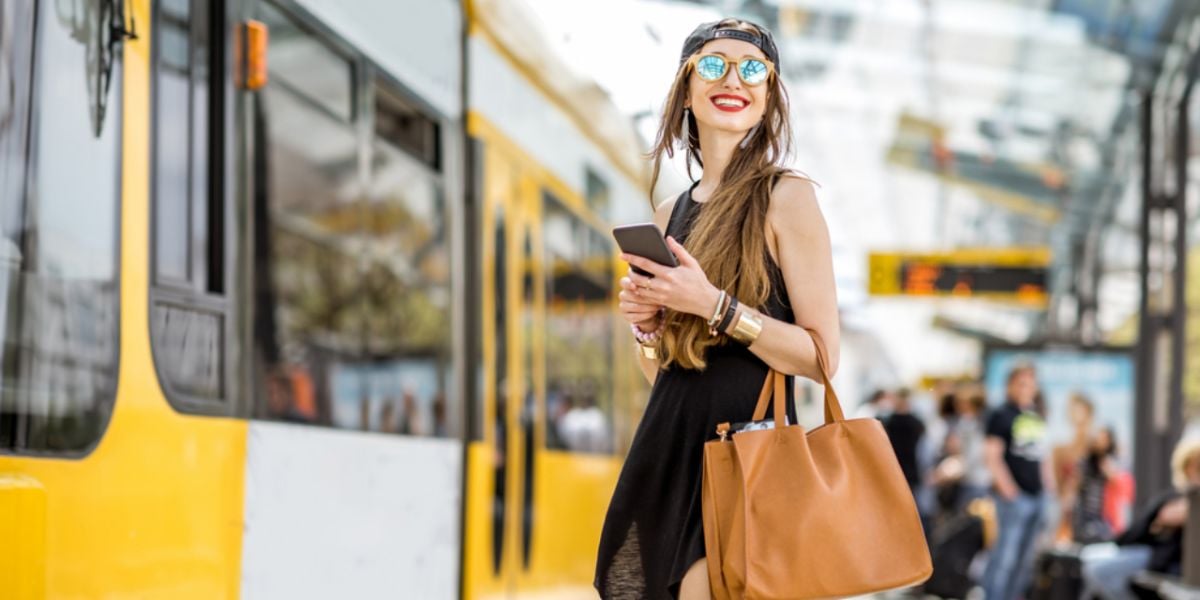
When moving overseas, travelling will be part of your everyday life. As a modern and developed city, Buenos Aires hosts an extensive transport network which will allow you to travel anywhere, even to the rest of the country. Take the time to inquire about the different means of transport available and choose the one which best suits your needs.
Get Your SUBE Card
A rechargeable SUBE travel card, charged with credit, eases the pain of travelling by bus or subway.
Available at subway stations and many “kioskos” around the city, SUBE cards can be charged with credit at all stations, national lottery stores, etc. Many of the kioskos — corner shops selling candy and cigarettes — have automated terminals. To help you find the nearest retailer, SUBE website has a map showing all the vendors.
BA Cómo llego?
An online map with a downloadable app, BA Como IIego can help in finding the best way to get around the city. Key in the beginning point for your trip, a destination, and how you want to travel — Bus, taxi, car or foot — and the map offers up the best routes.
Subte (Subway)
The Buenos Aires subway was the initial subway in Latin America and opened in 1913. Often the subway is the quickest and least expensive, way to move around the city, especially for trips to and from the city centre.
With six lines, A, B, C, D, E, and H, the main ‘avenidas' are connected, and all the lines meet in the area near Plaza de Mayo and “The Pink House.”
Depending on which line, trains usually run every ten minutes. They begin diving into the underground tracks around 5:30 am and run until 11:30 pm, Monday through Friday. On Saturdays, Sundays and public holidays, the trains run from 8 am until 10:30 pm.
During rush hours, 8 am-9:30 am, and 5 pm - 7 pm, the trains get crowded. Also, most of the stations have free WiFi
Bus - Colectivo
Known locally as ‘colectivos', buses are inexpensive and an easy way to move around Buenos Aires. Running 24-hours a day, 365-days a year, they cover the entire city, and you are never far from a bus stop.
Tell the driver where you are going, and he chooses the proper fare. The city has recently introduced “Metrobus,” a rapid transit system with restricted bus lanes. Several of the Metrobus stops have free WiFi.
Cycling and the city's free bike-share scheme
Buenos is great for exploring on a bike or even getting to work. Over 200km of bike lanes and a free public bike share, the city government has made tremendous strides over the past 2-years to promote cycling.
Ecobici, a 24-hour bike share program allows bikes to be borrowed for up to an hour Monday through Friday and two-hours on Saturdays, Sundays and holidays. If you are willing to wait for five minutes, you can take a second spin right away.
Train
The train is the best choice when it comes to travelling to barrios further from downtown or visiting outlying areas such as Buenos Aires Province, Tigre or the river delta.
Trains are economical and clean, and tickets can be obtained at the station with cash. You can also travel on the SUBE card.
Taxis in Buenos Aires
The yellow-and-black cabs are everywhere so you won't have to wait more than a few minutes for one to come along. Frequently the most comfortable way to get around, they can be hailed on the street from the right-hand side. Look for the “libre” (free) sign in the top corner of the windshield which indicates that cab is available.
Fares are entirely in Argentine pesos. Once you get on board, tell the driver the address of your destination.
Private cabs, (remises), can be scheduled using rental agencies while regular cabs can be called by going through the city's e-hailing app, BA Taxi.
Car hire & driving in the city
Major car rental agencies are open for business in Buenos Aires in downtown as well as at Ezeiza and Aeroparque airports.
To rent a car, you must be over 21, have had a driver's license for two years or more and able to pay with a credit card
While most people prefer to park in paid and attended “Estacionamientos” (parking garages), on-street parking is sometimes available — but it often seems there are five cars for every empty parking space. None of the curbside parking spots has meters.
We do our best to provide accurate and up to date information. However, if you have noticed any inaccuracies in this article, please let us know in the comments section below.








